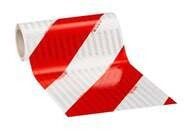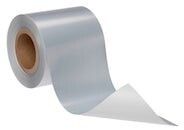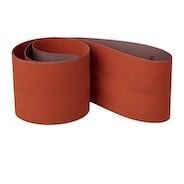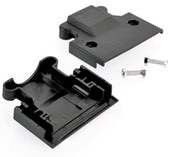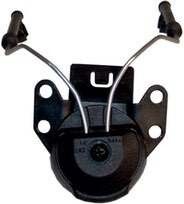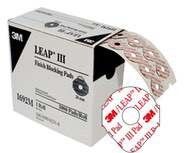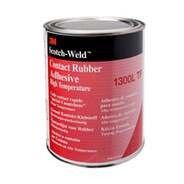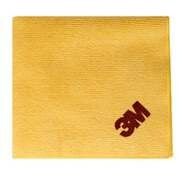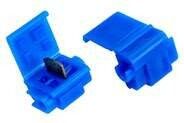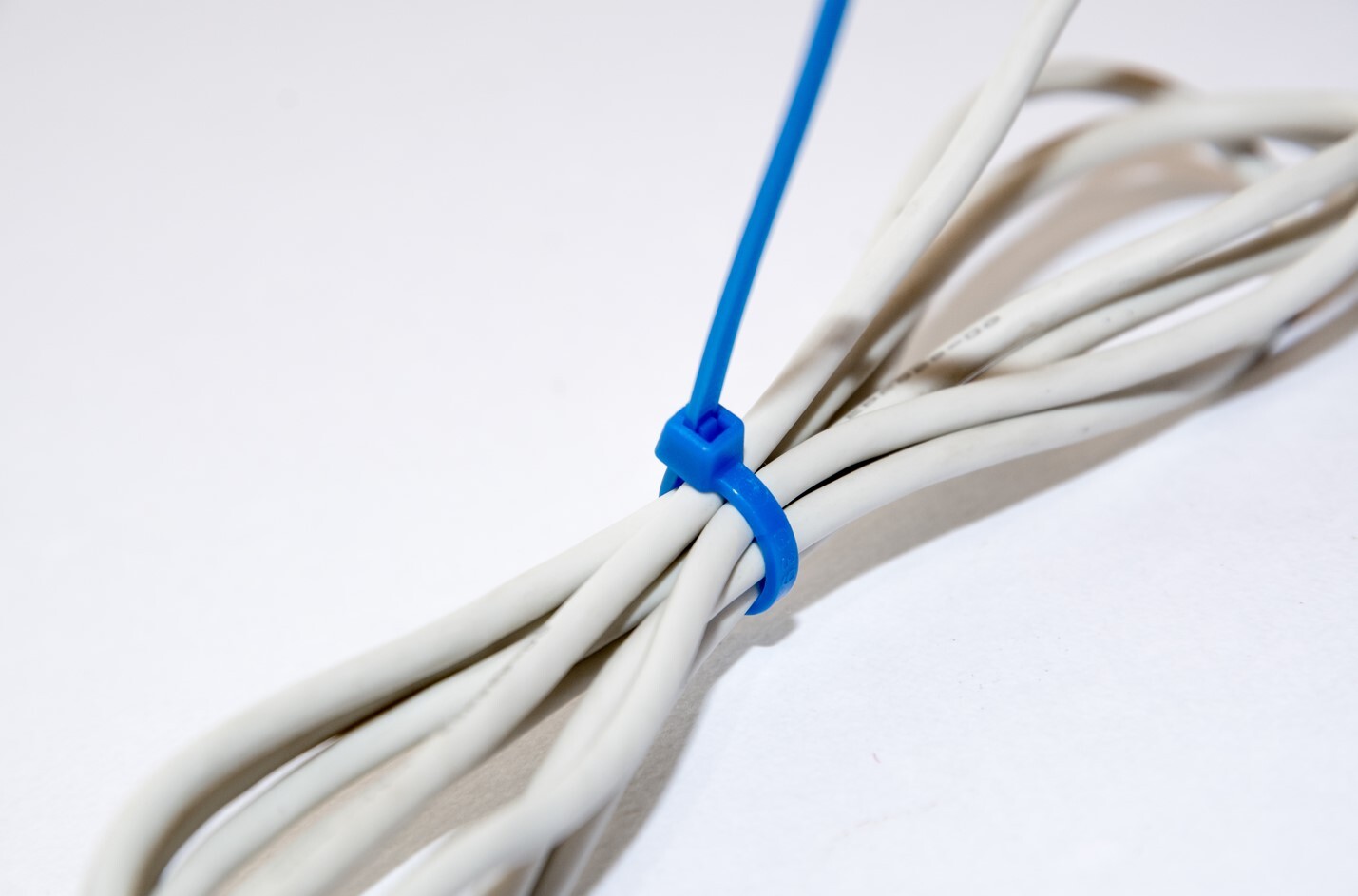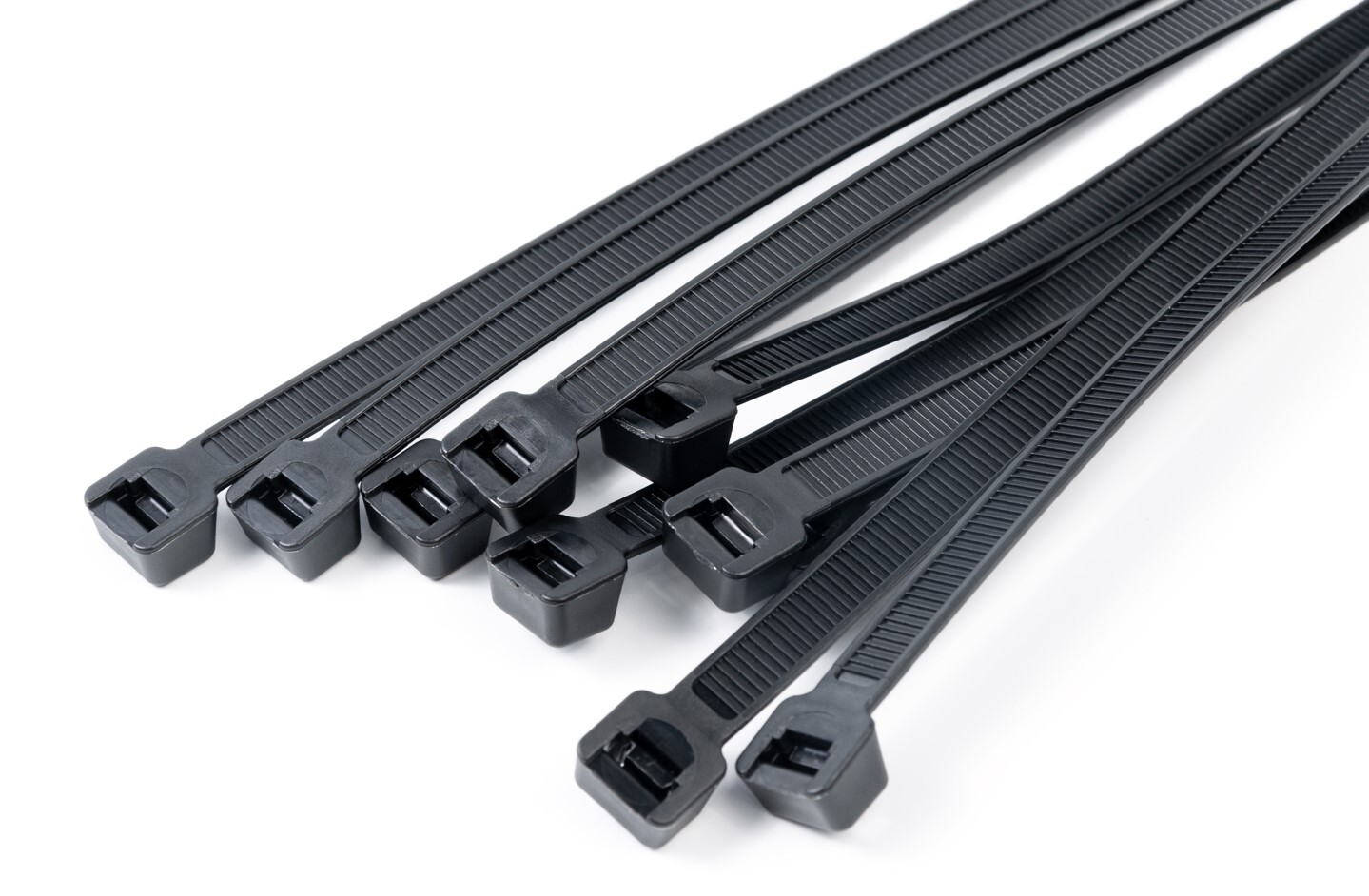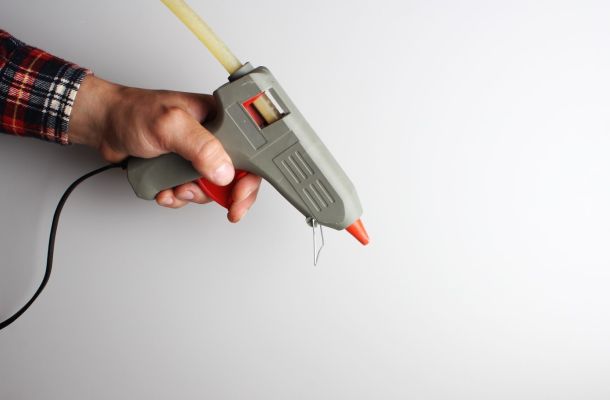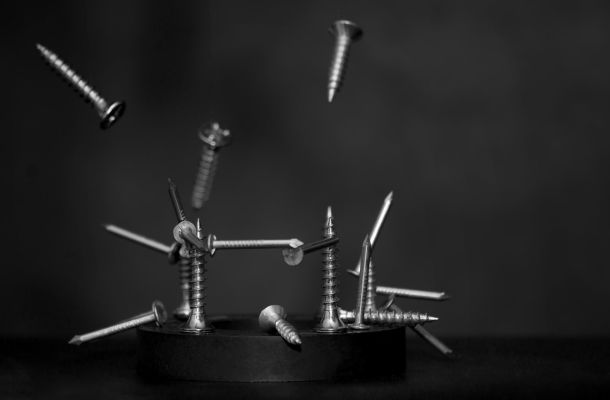Cable tie: fixing is timeless
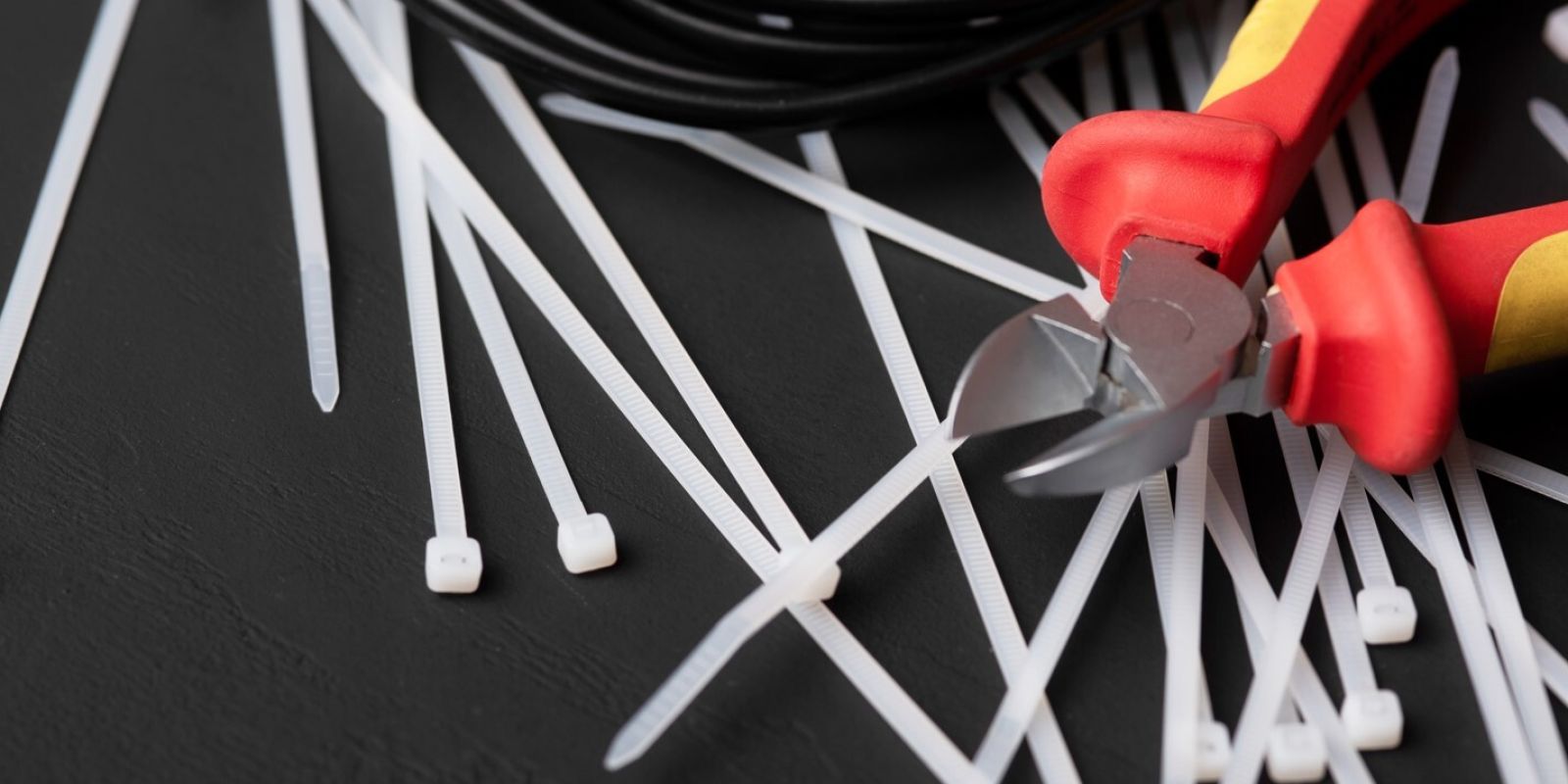

The cable tie is a very practical and versatile tool. It is used to fix groups of electrical wires and cables, but due to its simplicity and speed of use, it can be found in many environments.
Durable fixing with cable ties
A cable tie is a fastening tool made of nylon, i.e. plastic, consisting of a longer-shorter (depending on the type) flexible stem and a head. One part of the stem is ribbed and serrated, and this is pulled through the opening of the head until it touches the surface-to-be-fixed and tightens. The teeth create a strong bond that cannot be untied, so once the binder has been pushed together, it cannot be taken apart. Cutting is the only way to separate.
Where does the cable tie come from?
In 1958, Thomas & Betts, a power tools company, first launched the cable tie as Ty-Rap. It was invented by Maurus C. Logan, an employee of the company who eventually became Vice President of Research and Development. Initially, the teeth on the binder were made of metal and were used to secure aircraft wiring.
What types of cable ties are available?
There are several types of cable ties. There are, for example, beaded cable ties, which allow multiple uses, and releasable types with a snap lock. There are marker binders, which can be used to communicate information about the items being bundled, and metal cable ties, which are typically made of stainless steel.
This subheading also includes plastic seals, which may be metal or plastic, the latter being a pull-tight seal and a single-point seal. They are most used for sealing extinguishers, gas meters, containers, and boxes. They do not provide physical protection but their damages are visible to all.
There are also types available that can be used outdoors, which are resistant to most external influences, such as UV radiation, or various chemicals. Some sealants can be used in a radiating environment. In places exposed to high heat, it is advisable to give preference to stainless cable ties. Cable ties are available in different sizes, both small and large.
You can trust cable ties, just like prison guards tying the hands of dangerous criminals.
The cable ties can therefore only be cut off if they are single-used, i.e. non-detachable. For this reason, you can also buy cable tie tensioning and cutting tools from DIY shops, which can be used to easily cut the tie or remove the excess once the stem has been threaded into the header.
Is there any special use for cable ties?
As we've already said, the cable tie is extremely versatile, and the only limit is your creativity. Let's look at some examples!
- It makes an excellent handle, all you have to do is pull the binder through the holes of the missing handle.
- It can also do a great job if you want to fix something, like a distributor, to the wall. Tie two crossed ties to the distributor, attach the third one, and use it to fix the distributor to something on the wall, such as a pipe.
- You can easily make a booklet out of the binder! All you need are two stiff sheets of paper, a piece of paper, a hole punch and some binders.
- A cable tie can be helpful if you want to "seal" the lighter. To do this, you need to run the binder under the gas outlet and tighten it.
- You can easily turn it into a zipper pull by pulling the stem through the zipper to create a loop.
- Use the tie to organise the plethora of cables running around your electronics.
- You can easily make shower curtain hoops out of it by looping a tie-wrap through the holes in the curtain.
- Cable ties can also be useful in the kitchen. Tie it to the handle of the lid and leave a long stem so you won't burn your fingers.
More articles
Flanker Plusz Kft.
Contact Details
Boti Street, 100.












